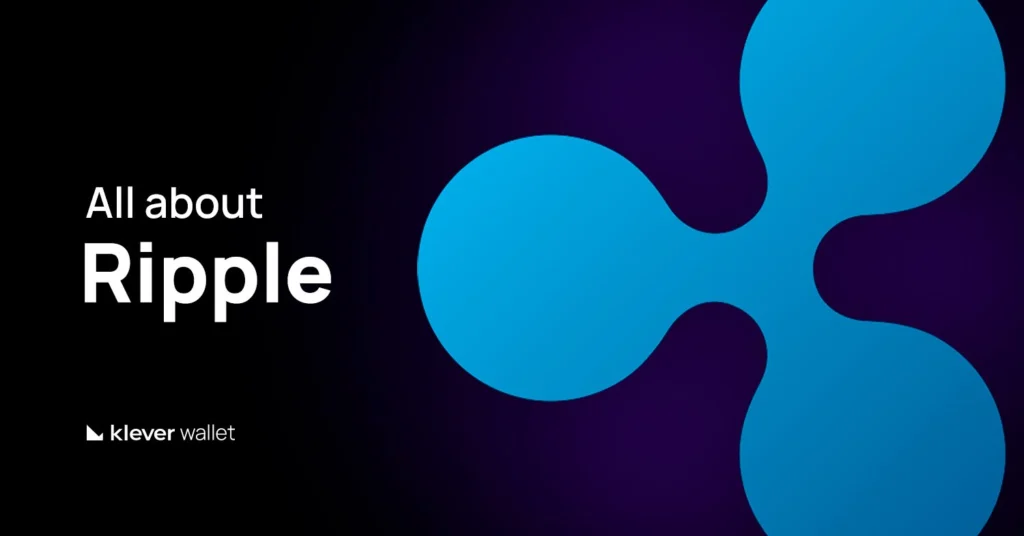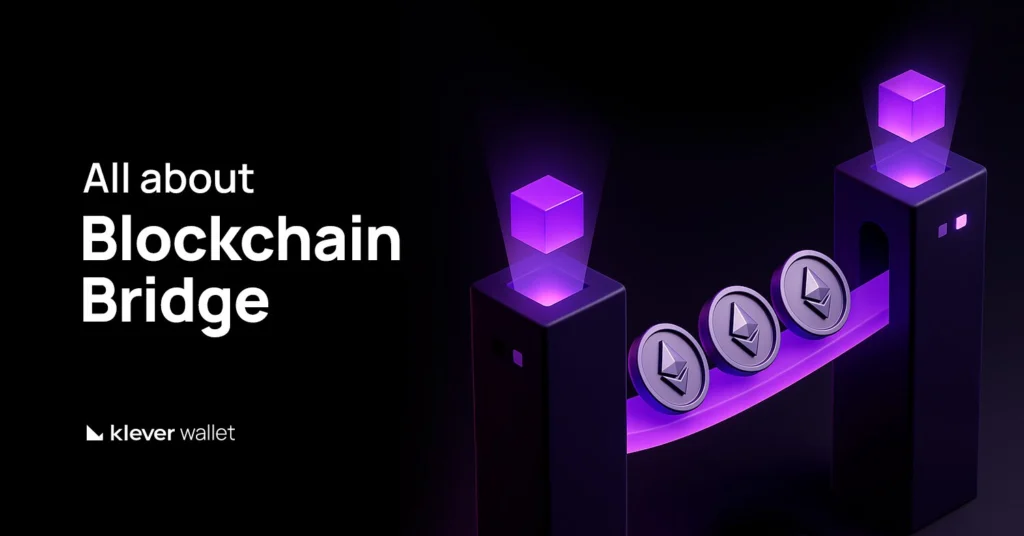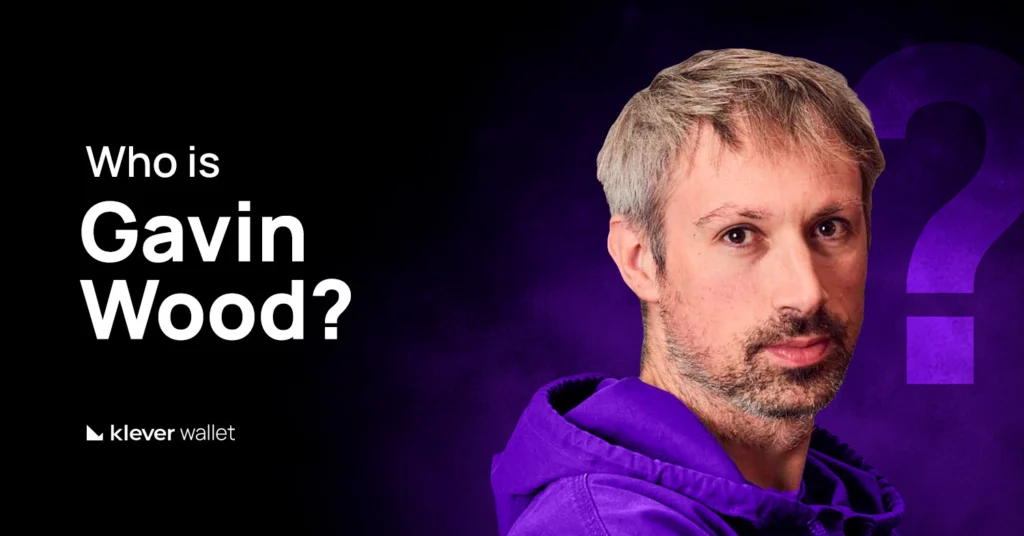
Imagine sending assets to another country as quickly as a text message — no waiting days, no high fees, and no need for intermediary banks. That’s the idea behind Ripple, a financial technology company founded in 2012 in the United States that has transformed how value moves in the digital world.
More than just a crypto company, Ripple was created with the mission to modernize the global financial system — replacing slow, costly processes with on-demand liquidity, interoperability, and real speed.
In this article, we’ll explore Ripple’s origin, its regulatory challenges, and how it’s shaping the next generation of global payments.
What Is Ripple?
Ripple Labs is a U.S. fintech company founded in 2012 with the goal of modernizing international money transfers.
The company created the XRP Ledger (XRPL) — an open-source, decentralized blockchain network built to settle payments within seconds and at minimal cost.
Its native token, XRP, serves as a bridge currency that connects different fiat and crypto assets.
This means banks, payment providers, and users can transfer value across borders without relying on intermediaries or pre-funded accounts, unlocking instant liquidity and global interoperability.
Who Created Ripple?
The origin of Ripple goes back nearly two decades and involves several key innovators who aimed to reinvent how money moves globally.
- The First Idea — Ryan Fugger and RipplePay (2004)
The story begins in 2004, when Ryan Fugger, a Canadian web developer, created RipplePay, a peer-to-peer credit platform that allowed users to send money and exchange value directly.
Fugger’s goal was to build a decentralized financial network that operated on trust between users, long before the concept of cryptocurrency became mainstream.
RipplePay later inspired the creation of the XRP Ledger (XRPL) — transforming the idea from a local credit exchange system into a global digital payments infrastructure.
2. The Technical Founders — McCaleb, Britto, and Schwartz (2011)
In 2011, three software engineers — Jed McCaleb, Arthur Britto, and David Schwartz — started developing what would become the XRP Ledger (XRPL).
Their vision was to create a faster, more energy-efficient alternative to Bitcoin, without mining or high transaction fees.
This innovation introduced the consensus protocol, a mechanism that allows XRP transactions to settle in just 3–5 seconds.
3. The Business Founders — Larsen and McCaleb Form Ripple Labs (2012)
In 2012, Jed McCaleb partnered with Chris Larsen to launch a new company named OpenCoin Inc., later rebranded as Ripple Labs and now simply Ripple.
The company’s mission was to bring blockchain-based payments to the banking sector, using XRP as a bridge asset for instant global liquidity.
Chris Larsen became the first CEO of Ripple Labs, guiding its transition from a technology experiment to a fintech company working with banks, payment providers, and regulators.
Why Was Ripple Created?
Ripple was created to fix how money moves globally. Before Ripple, international transfers were slow, expensive, and full of intermediaries.
Banks used pre-funded accounts that trapped capital and caused settlement delays of 3–5 business days. Even Bitcoin couldn’t solve this — it was too slow, energy-intensive, and costly for institutional payments.
Ripple’s founders built the XRP Ledger (XRPL) to move money as fast as data.
The ledger settles transactions in 3–5 seconds, with fees under $0.001, and can process up to 1,500 TPS.
Core goals:
- Speed and scalability
- Low transaction cost
- Liquidity on demand
- Global interoperability between banks and payment networks
How Ripple Works?
Ripple operates as both a technology company (Ripple Labs) and a blockchain network (XRP Ledger or XRPL).
Together, they enable fast, low-cost, and borderless value transfers — designed to serve banks, fintechs, and individuals worldwide.
1. The Core System — XRP Ledger (XRPL)
At the heart of Ripple’s technology is the XRP Ledger, an open-source, decentralized blockchain that processes transactions in 3–5 seconds.
Unlike Bitcoin or Ethereum, XRPL doesn’t rely on mining or staking.
Instead, it uses a consensus algorithm run by over 150 independent validators that agree on the order and validity of transactions.
Each transaction costs only 0.00001 XRP, which is burned to prevent spam and slightly reduce the total supply — making XRP deflationary over time.
2. RippleNet and On-Demand Liquidity (ODL)
Ripple Labs offers RippleNet, a network that connects banks, payment providers, and fintechs using XRPL technology.
Its service, On-Demand Liquidity (ODL), uses XRP to provide real-time liquidity between currencies — eliminating the need for capital locked in correspondent banks.
This system allows financial institutions to move money globally in seconds while maintaining full regulatory compliance.
Strengths and Challenges of Ripple
Strengths
- Fast and low-cost transactions:
The XRP Ledger processes payments in 3–5 seconds with fees below $0.001, making it one of the most efficient blockchains for global settlements. - Proven institutional adoption:
Ripple’s technology is already used by banks, fintechs, and payment providers to move money across borders instantly, demonstrating real-world utility beyond speculation. - High liquidity and network stability:
XRP consistently ranks among the top traded assets by volume, supported by an active validator network and more than a decade of operational reliability.
Challenges
- Regulatory uncertainty in the U.S.:
Despite progress in court, ongoing SEC scrutiny still impacts investor sentiment and Ripple’s ability to expand freely in the U.S. market. - Centralization concerns:
Ripple Labs retains a large portion of XRP in escrow, leading some critics to question the token’s level of decentralization and potential market influence. - Slow institutional adoption:
While Ripple’s technology is advanced, traditional banking systems are slow to integrate new infrastructure, which delays mass adoption.
Ripple’s Market Impact: 2025 Overview
In 2025, Ripple continues to strengthen its position as one of the most influential companies in the global blockchain and payments industry.
Following the end of its long-running SEC lawsuit, the company entered a new phase of growth marked by regulatory clarity, institutional adoption, and renewed market confidence in XRP.
- Institutional Confidence Restored
After Ripple’s final settlement with the SEC in 2025, investor sentiment improved significantly.
The legal clarity around XRP’s non-security status in retail trading encouraged major exchanges like Coinbase, Kraken, and Bitstamp to relist the asset, triggering a sustained increase in trading volume and liquidity across global markets.
Financial institutions previously hesitant to engage with Ripple’s technology began expanding pilots and integrations using RippleNet and On-Demand Liquidity (ODL) — especially in Asia-Pacific and Latin America, two of Ripple’s fastest-growing regions.
- Performance and Market Data
According to 2025 market reports, XRP consistently ranks among the top 10 cryptocurrencies by market capitalization, with an average daily trading volume exceeding $3 billion.
Ripple’s On-Demand Liquidity network now processes billions in cross-border payments annually, and adoption among fintechs and regional banks continues to grow.
The combination of high liquidity, low transaction costs, and regulatory progress has reinforced XRP’s position as one of the few blockchain assets with measurable real-world use.
- Ecosystem Expansion
Beyond payments, Ripple’s focus in 2025 includes tokenized assets (RWA), CBDC collaborations, and DeFi development on the XRP Ledger (XRPL).
Several central banks have partnered with Ripple to test digital currency frameworks leveraging XRPL’s efficiency and compliance features.
This shift transforms Ripple from a cross-border payment company into a multi-layer financial technology provider, enabling tokenized settlements and liquidity management across global markets.
4. Investor and User Perspective
For investors and users, Ripple’s market stability, transparent supply model, and ongoing integrations provide a rare combination of utility and long-term sustainability.
The Road Ahead for Ripple
Ripple is expanding beyond payments into tokenized assets (RWA), central bank digital currency (CBDC) infrastructure, and DeFi applications built on the XRP Ledger (XRPL).
These developments position the network as more than just a payment protocol — it’s evolving into a complete financial ecosystem.
The company’s long-term vision is to make XRP the default settlement layer for digital value, enabling instant transfers not only for banks and payment providers, but also for businesses and individual users.
By combining liquidity, scalability, and regulatory progress, Ripple aims to become a core layer of the global digital economy.
Empowering the Future of Ripple with Klever Wallet
Ripple has grown into a cornerstone of digital finance.
Klever Wallet is fully integrated with the XRP blockchain, allowing you to store, send, receive, and swap XRP tokens directly on the XRPL, in one app, with complete and secure control over your private keys.
As Ripple builds the future of digital payments, Klever Wallet lets you be part of it — safely, independently, and on the native XRP.




